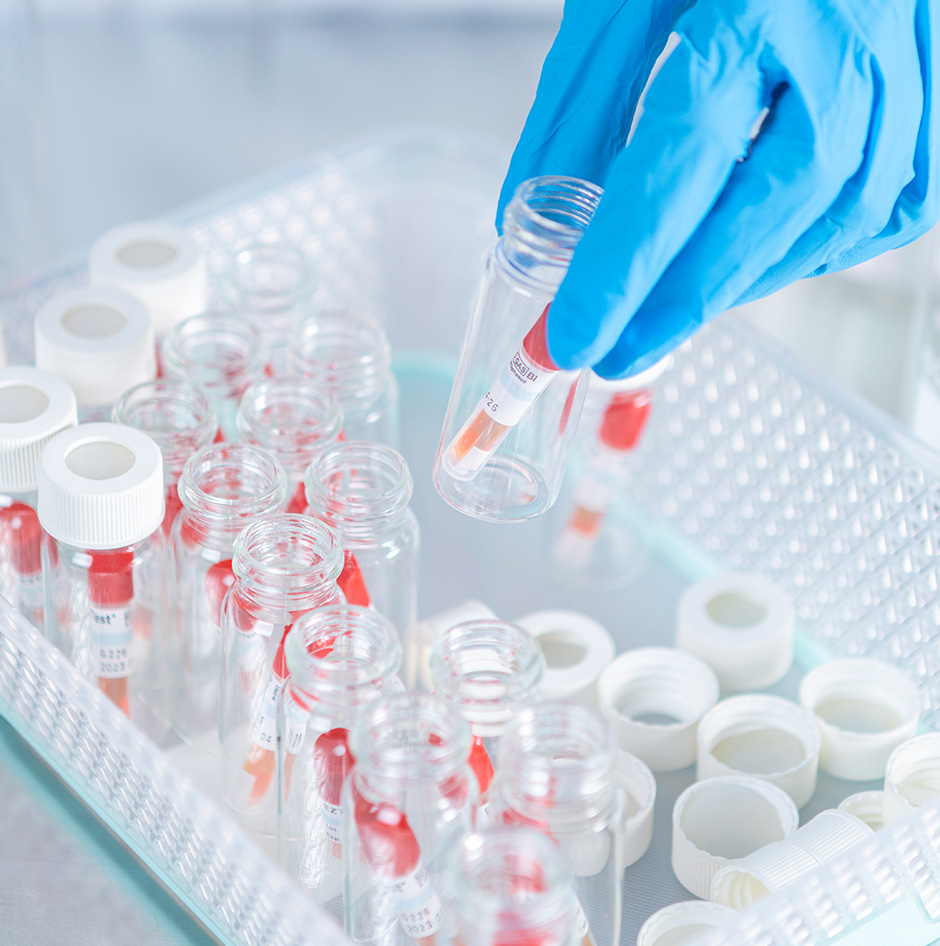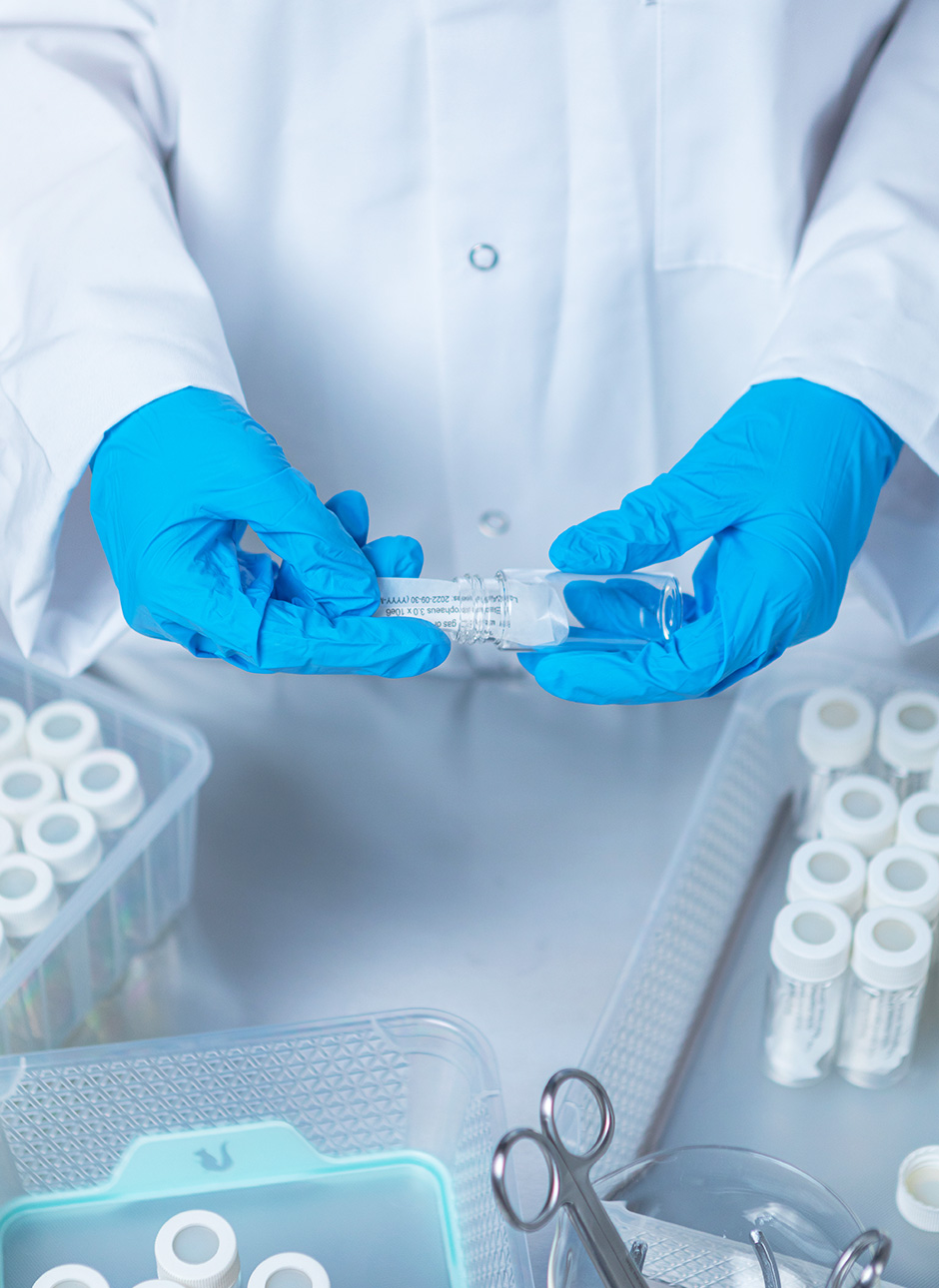
We cooperate only with qualified and accredited laboratories in Europe.
Thanks to long-term cooperation only with trusted partners, we have a guarantee that all tests performed by us are carried out with care and compliance with all safety standards.
As part of chemical and microbiological research, we offer
Microbiological Tests
The study of the sterility of biological indicators is used to monitor and release routine sterilization cycles, as well as part of the validation of sterilization for external and internal PCD (Process Challenge Device). No growth of the inoculated biological indicator placed in the PCD confirms the effectiveness of the sterilization process. In our PCD we use both standard biological strip indicators and mini-indicators requiring 7/14-day incubation, as well as self-contaminate indicators requiring 48 hours of incubation in a closed system with a liquid substrate.
This study determines the population of unsterilized biological indicator or population that has survived, e.g., in sublethal cycle carried out as part of the validation of the sterilization process.
This test allows to detect the presence of bacterial endotoxins in the product, i.e., toxins secreted by gram-negative microorganisms, which are pyrogens. It is an indirect in-vitro method that allows to detect the presence of gram-negative microorganisms in the tested products, including deactivated organisms. The test is used to test whether the product is free of endotoxins.
In the case of growth of microorganisms tested with the sample, it is possible to identify them by mass spectroscopy and genetic method.
Chemical Tests
A side effect of the ethylene oxide sterilization process is ethylene oxide (EO) and ethylene chlorohydrin (ECH) residues. Due to their toxic and irritating properties, the acceptable level of these residues is defined in EN ISO 10993-7 “Biological evaluation of medical devices - Part 7: Residues from sterilization with ethylene oxide”.
The manufacturer of medical devices sterilized with ethylene oxide is therefore obliged to qualify the necessary time of degassing of its products after sterilization, so that the product put to the market meets the requirements of EN ISO 10993-7. As part of the validation of the sterilization process, we carry out EO/ECH residue tests in accredited laboratories using gas chromatography using various extraction methods recommended for a given category of medical devices (simulated application, exhaustive extraction, etc.).
Testing
It is a method that allows to determine the shelf life of a medical device and its packaging, so that the sterility barrier for devices is maintained. In this method, medical devices and packaging are threated in ageing chambers to conditions accelerating their aging, such as temperature and humidity, simulating their storage under normal conditions for a defined time.
In transport tests, the packaging of medical devices is subjected of controlled mechanical forces simulating the potential natural causes of damage or destruction of the packaging and the packaged device to which they may be exposed in transport and during their storage.
We carry out validation of production processes and production equipment to prove and document that under specific, controlled conditions using specific materials the medical devices which meet the requirements of applicable standards and specific acceptance criteria defined by the manufacturer are produced.
We perform full qualification of clean rooms in accordance with the requirements of ISO 14644 in cooperation with specialized laboratories. We support our customers at all stages of clean room qualification from the design phase, through their implementation, IQ, OQ and PQ qualification and routine monitoring.
